Floodplains and Billabongs

CuriousOyster
Steve & Trish Brown
Sun 17 Jul 2011 23:09
|
Both Trish and I found the wetlands to be the most
fascinating and the one that changes the most over the seasons.
The amount of water that covers this area is almost
impossible to comprehend with much of the 22,000 sq km flooded at the height of
the wet season and most drying out completely in the dry season.
We had been told that the Yellow waters Billabong
was the place to see the area at its best and we took a boat trip along the
South Alligator river (mis-named by the early exporers) at sunrise
 Throughout the year the wetlands are home to
millions of birds and are a staging post for many migratory
species.
 Some species are found only in the park while
others travel 1,000's of miles each year to feast on the abundant food resources
as the water recedes.
 Many birds have unique features that enable them to
maximise these resources.
Like this aptly names Jesus bird that by dint of
its large feet appears to be capable of walking on water
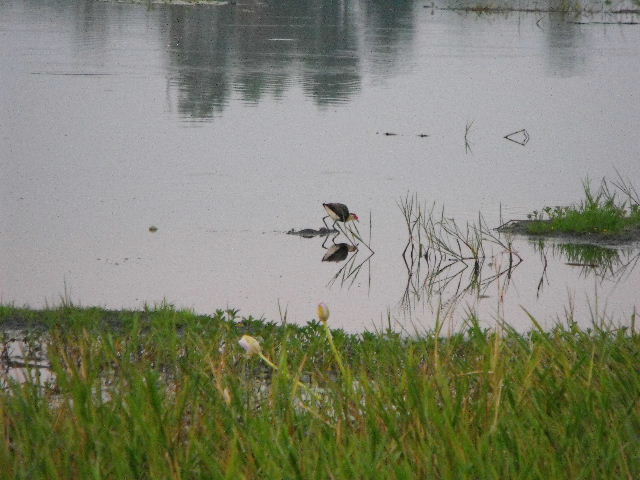 As the sun rises the wetlands change their
complexion.
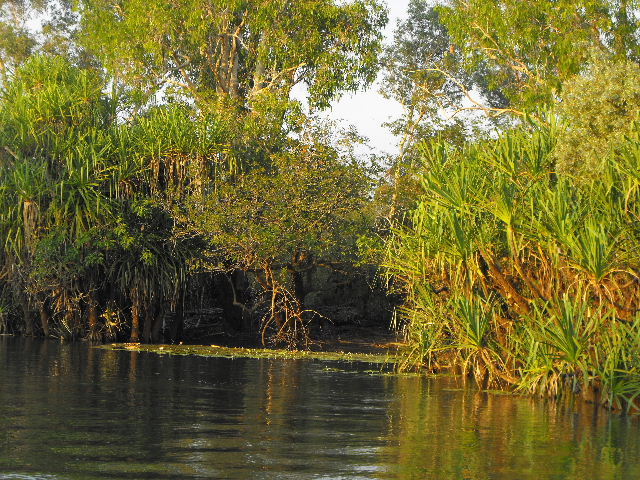  The annual rise and fall of the waters provides the
salt water Crocodiles with access to a wide area but even they must retreat to
year round water holes during the dry season.
At night they take to the water to feed and to
retain heat as the land cools and can be seen along the waterline.
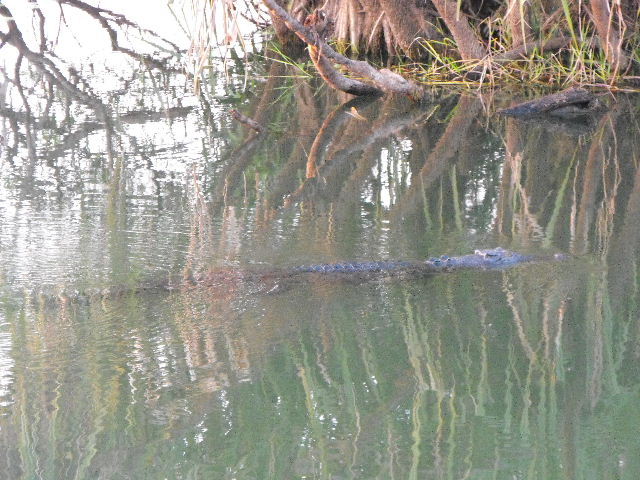 They are to be found throughout the wetlands and
billabongs and are unafraid of humans and has numbers steadily increase attacks
on the unwary or just plain stupid are not uncommon.
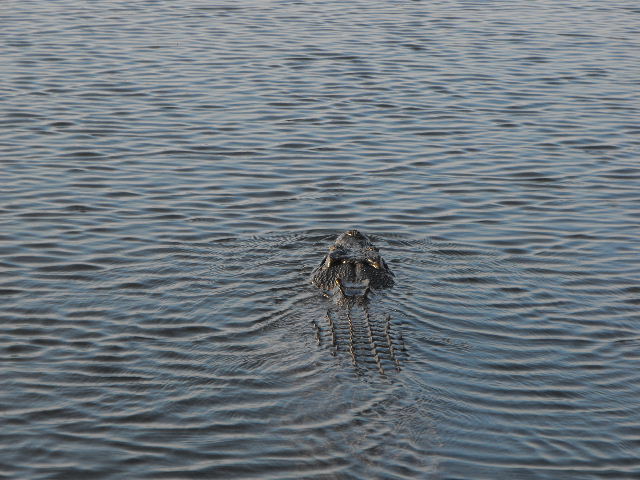 As the day heats up the come out of the water to
warm up.
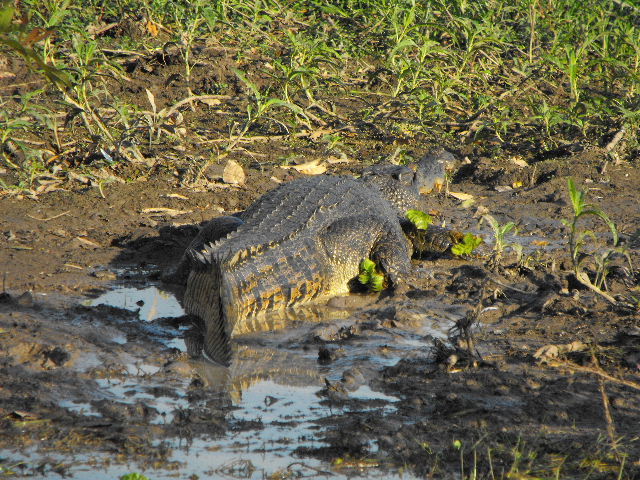  AS well as the abundant birdlife the wetlands are
home to a huge range of plants, many of which provide food for the
aborigines.
 |